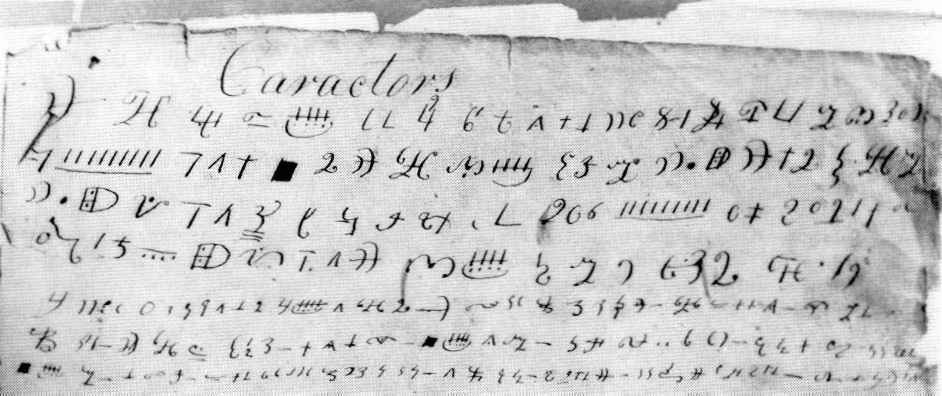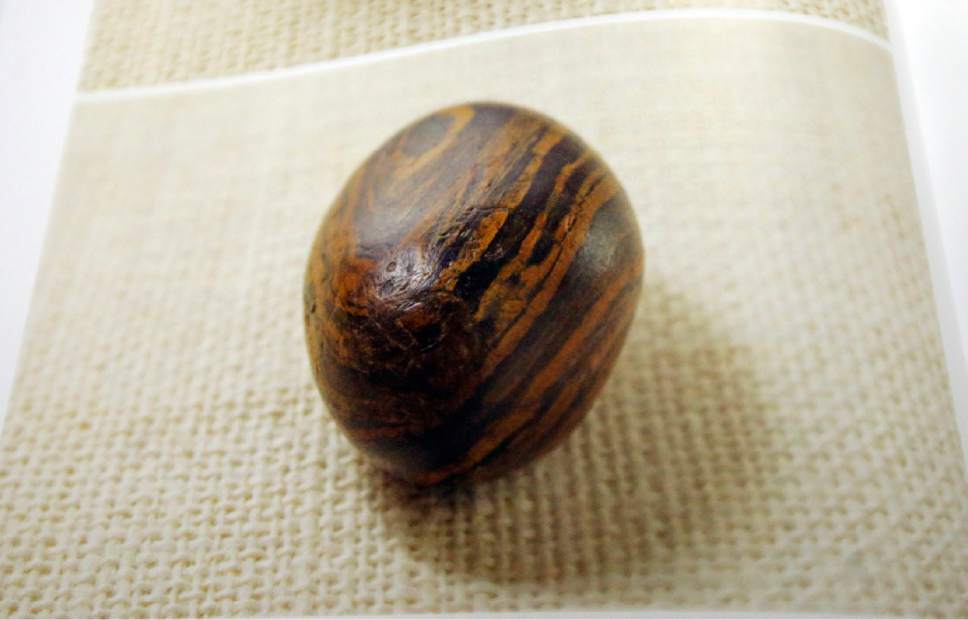Tag: archaic language
Recent Discoveries and Advances Published by Interpreter, Part 1
If you aren’t following the journal Interpreter: A Journal of Latter-day Saint Faith and Scholarship, you may have missed some discoveries and advances in understanding our scriptures that could be…
It Depends on What the Meaning of “It” Is: Reconsidering the “Burning in the Bosom” and “Studying It Out” in Doctrine & Covenants 9
For years many of us have read about the “burning in the bosom” in Doctrine and Covenants 9:7-9 and interpreted it to mean that Oliver Cowdery, in a failed attempt…
Common Features in Written Languages and the Anthon Transcript
Michael Price’s news story, “Why Written Languages Look Alike the World Over” in Science magazine’s online edition (Sciencemag.org) might be of interest to some readers here. He discusses a recent…
An Old Story Gets a New Face: The Seer Stone and the Original Manuscript of the Book of Mormon
Photo of the long-discussed seer stone used by Joseph Smith. What’s interesting news for many Latter-day Saints is, for some of our critics, simply earth-shattering and hopely faith-shattering for benighted…
BYU Event on Saturday, March 14, Exploring Early Modern English and Other Complexities in Book of Mormon Language
Wish I could be in Provo Saturday for an interesting event on some of the complex and controversial aspects of the English language in the Book of Mormon text, especially…
Joseph Smith’s Hick Language in the Original Book of Mormon Manuscript: Divine Irony?
Executive Summary Skousen’s study of the first Book of Mormon manuscripts found evidence that the awkward grammar often displayed Semitic influence or, in some cases, came from Early Modern English,…










